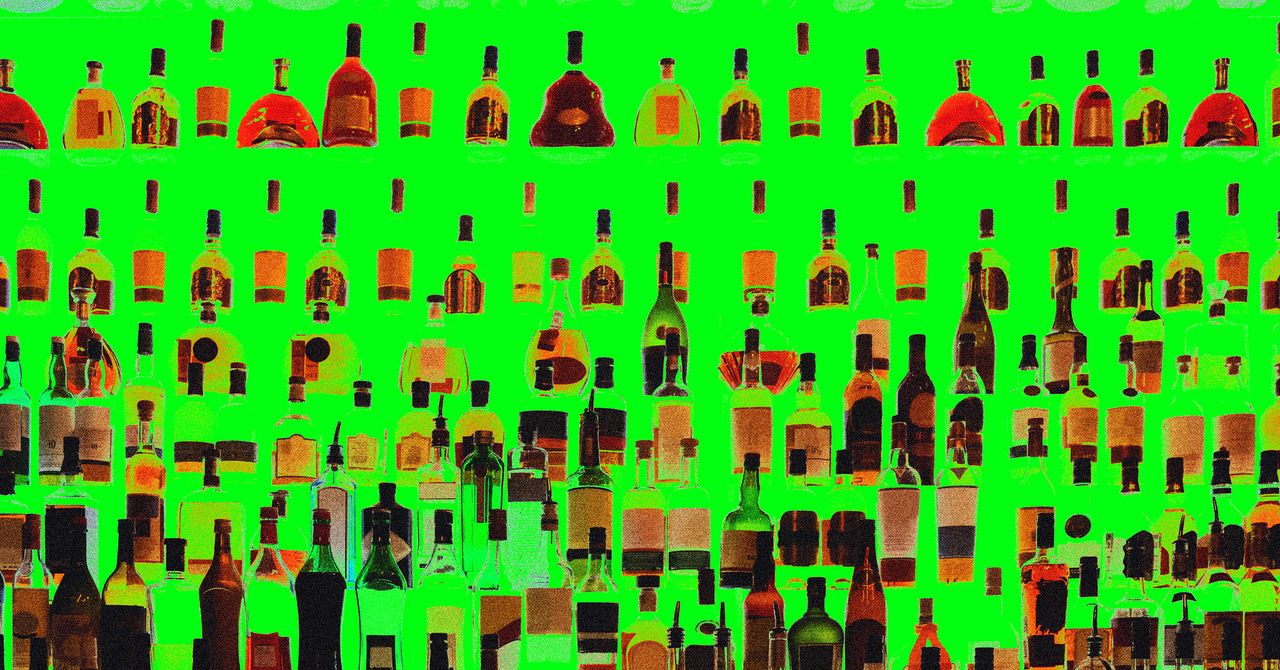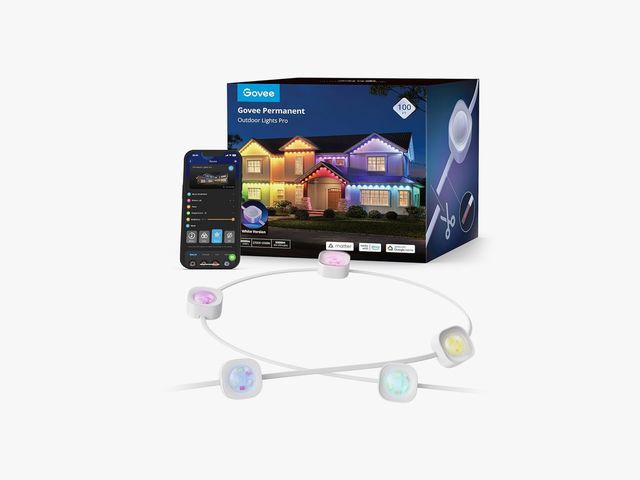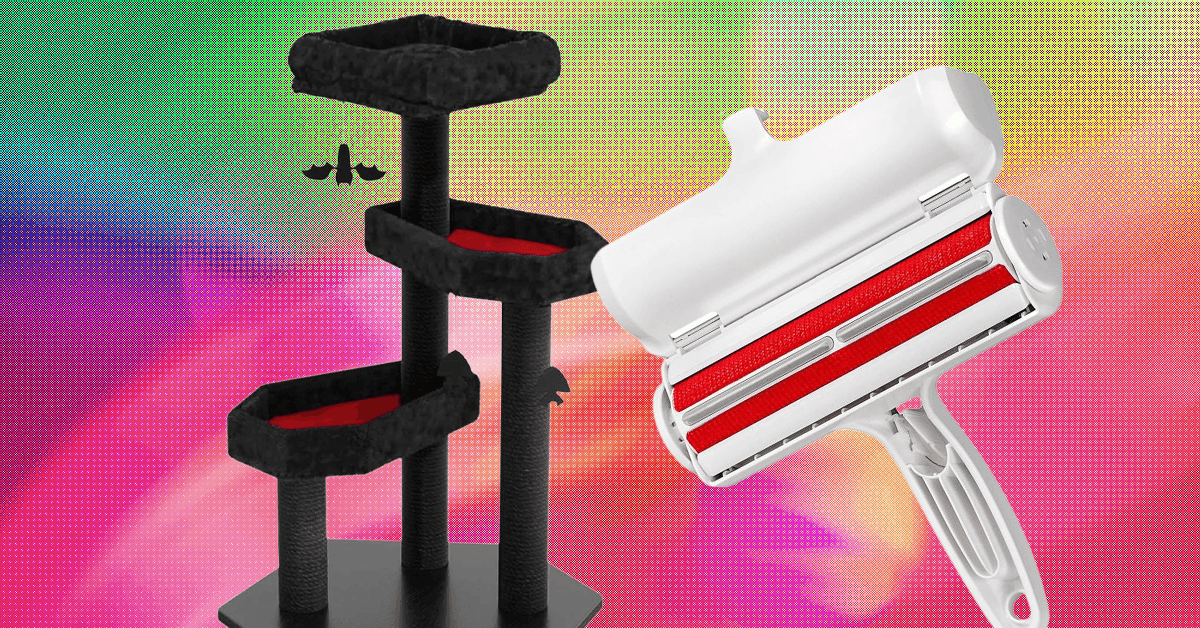In the world of professional spirits reviews, “smooth” is something of a dirty word. Consumers, on the other hand, absolutely love to use it.
The implication of “smooth” is simple; it suggests a product doesn’t hurt when you drink it. It’s such a sought-after quality that the distilling industry will do just about anything to achieve it. Some methods are respectable, like aging a whiskey for 15 years to file down its rough edges. Some are less so, like dumping in loads of chemical additives. Some are more successful than others, but none can completely eliminate that burning sensation in your mouth.
But it wasn’t until Joana Montenegro and Martin Enriquez, the spousal founders of Voodoo Scientific, that anyone really asked: Why does alcohol burn, anyway? And, most importantly, is there a way to get rid of that gasp-inducing burn altogether?
Conventional wisdom and common sense would suggest that ethanol is what makes that ill-advised shot of firewater sear your mouth and throat so badly, but it turns out that’s not the case. During the months of Covid-19 lockdown, Enriquez, a former telecom executive, says he and Montenegro, essentially on a lark, had the idea to dig deep into this question. They started by scouring the scientific journals to see if anyone had pinpointed the reason why whiskey and its ilk can cause an unpleasant burn. No one had. “Nobody could describe the compounds that make that harsh, painful bite,” he says. “No one could really identify what it is that attacks you and creates pain.”
Montenegro, a veteran food scientist from General Mills and Land O’Lakes, said they decided to go deeper. “We said, ‘Let’s go back and find the specific receptor in the mouth that’s being triggered by the spirit,’” she says.
To do that, the duo started by contacting David Julius, the head of physiology at UCSF, to discuss the line of inquiry. Masked and 6 feet apart in a Starbucks, Montenegro says, Julius didn’t comprehend why someone who was part of the team that patented Go-Gurt had an interest in pain receptors. Nevertheless, the duo persisted, and Julius eventually guided them on how to research the concept and determine which receptor was being activated to cause a pain response. Eventually Montenegro and Enriquez found it, a receptor called TRPA1.
Once a negative receptor like this is identified, traditional food science has a solution for dealing with it: You block the receptor with a chemical. It’s the typical way that sweetness and bitterness can be masked in foodstuffs, by just covering it up with something stronger. Alas, that didn’t work for hiding the burn of alcohol. “This receptor has a very unique property called reversible bonding,” says Montenegro. “It’ll bond to a thing, it’ll give you a jolt, and it’ll let it go—and then it’ll bond to another one.” This is why alcohol continues to burn sip after sip.
“In other words, you can’t block it,” she says. “It’s designed to continuously alert you that you’re consuming something that is an irritant.”



